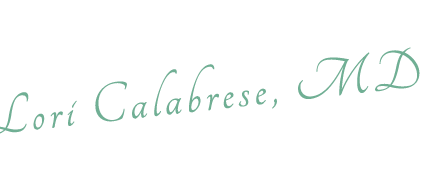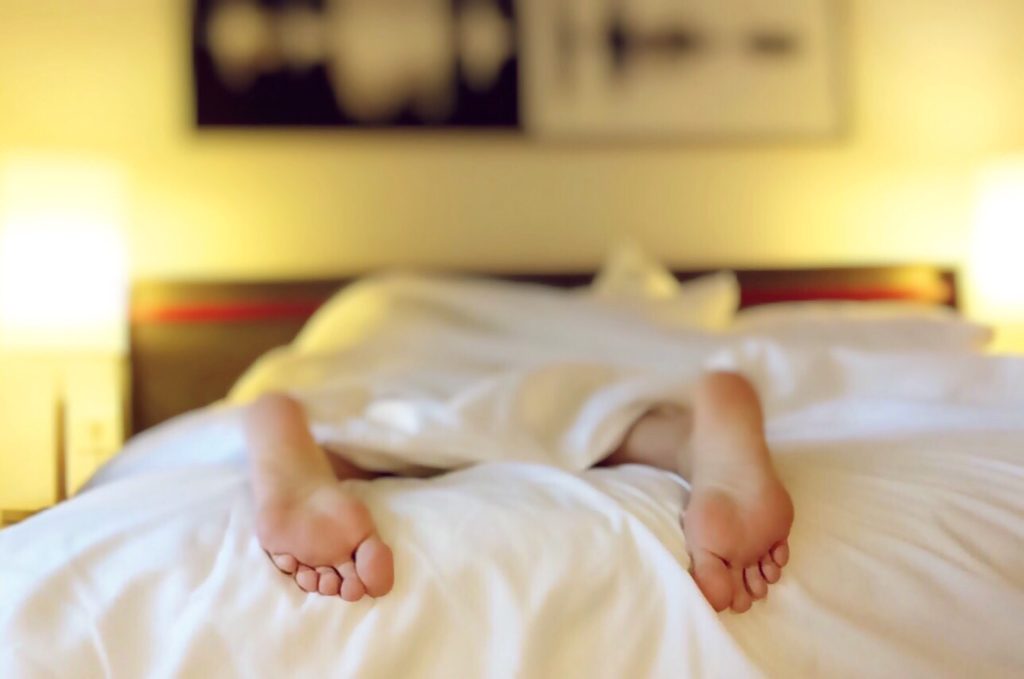
Your answer to that question could quite possibly be a hint to your mental health going forward.
Why? Generally, because the more early indicators we can identify and treat, the better the outcomes we see by catching symptoms early… before they turn into real problems. In fact, the more indicators we can identify, the more psychiatric disorders we might be able to prevent from blooming. Sleep disturbances and psych disorders often present themselves hand in hand, with sleep disturbance often being the first sign of a troubled mind.
Sam was 9 years old, and had shown signs like sleep walking. He would come into the living room where his mom usually decompressed at the end of the day after children were in bed. He would begin talking to her and not making much sense, eyes open and bloodshot. It didn’t take long for Mom to realize he was asleep.
Sometimes his mom would walk by her son’s room and hear him talking. Often, she stopped in to ask why he wasn’t aslee., But she quickly realized his talking was while he slept.. She would gently wake him up, then soothe him back to sleep. Other times, he would walk into the living room talking …again about something she didn’t understand. His eyes would be open, and he would answer direct questions, but he didn’t seem to understand himself what he was saying.
In these instances she could gently walk him back to bed and he would willingly go with her, then get back in bed and seemingly go back to sleep.
What was this ?

Because sleep disturbances like insomnia are so often associated with psychiatric disorders, researchers look at insomnia as a possible predictor of new cases of depressive disorder. Insomnia is a disorder with ongoing problems associated with going to sleep or staying asleep that affect daytime functions.
Researchers include daytime and nighttime symptoms to determine whether individual cases were significant.
But there’s more to sleep problems than just insomnia.
Like what?
Parasomnias — Unwanted physical experiences with behaviors that occur while going to sleep, during sleep or awaking from sleep. Easily confused with psychiatric disorders, think of these as out-of-the-ordinary motor or emotional behaviors. (And know that they’re sometimes misjudged as symptoms of abnormal waking experiences.)
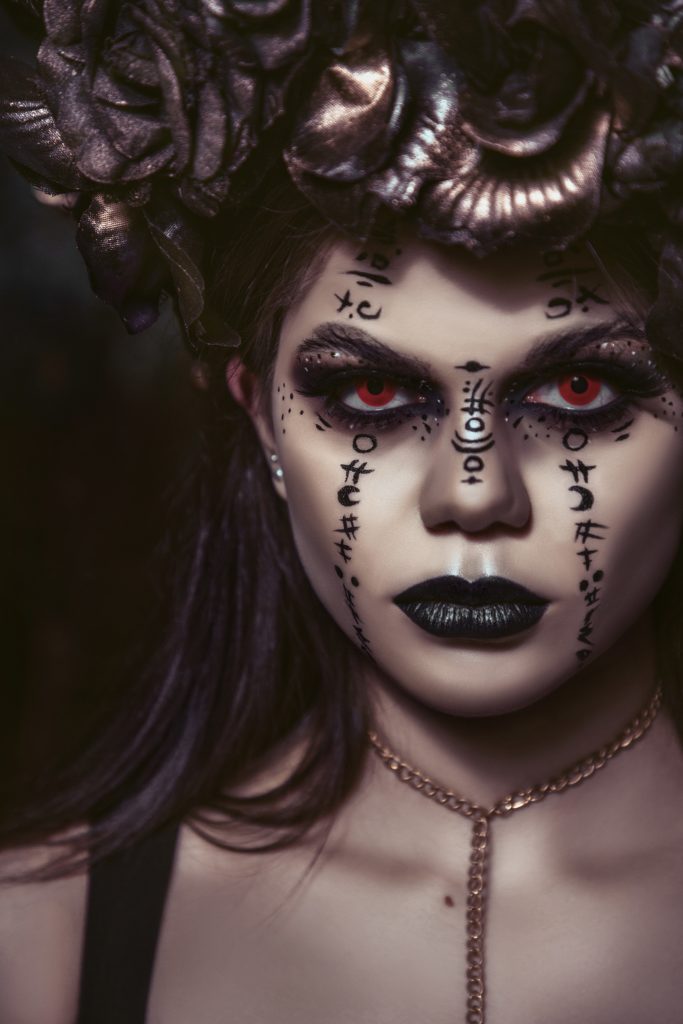
Marcy could tell she was waking up, but she couldn’t seem to open her eyes and sit up. A demon was chasing her, reaching out to tear off her legs by grabbing her ankle… but she managed to break free and keep running over and over. She knew should could wake up and kept telling herself to wake up…but it wasn’t working. Then a dark, sinister shadow passed over her and she could feel her legs being pulled off….and suddenly Marcy woke terrified. She couldn’t tell if she was awake or asleep…she couldn’t tell if the dark fog was still ripping her legs off or if it was gone. So she cried hysterically…then little by little began to realize she was actually awake…and safe. Marcy sat up suddenly and cried each time this happened.
Nightmare disorder (formerly labeled dream anxiety attacks) — this is distinct from non-REM (NREM) sleep terrors. These are repetitive, extremely long lasting and upsetting, dreams that are easy to recall. They threaten survival, security, and physical well being in the dream state. They occur during the second phase of the sleep cycle. Dreams like this may be herald signs of comorbid sleep disturbances and psych disorders that lie ahead.
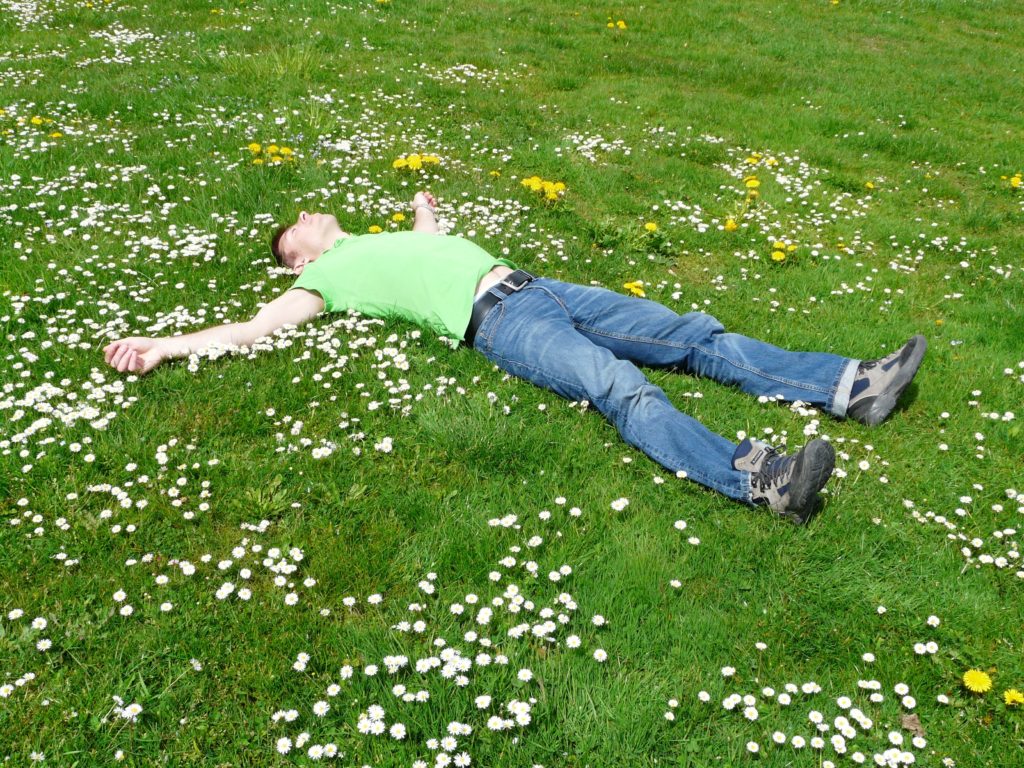
Sydney has experienced odd times when he felt unable to move when first waking up. He felt he was floating above his body, and either his body wouldn’t move or he didn’t care if it moved or not. Sometimes he felt as thorough he must not be awake yet..that maybe he is still partially asleep…or that he had just awakened and his muscle control had not yet returned. In most cases, it slowly returned to normal…so he convinced himself that the key was patience.
Recurrent isolated sleep paralysis.- sleep paralysis associated with the deficiency of usual or expected tone in the muscles, when sleep has become dissociated. It can intrude when you fall asleep or it can persist as you wake. Experienced often as discomfort-causing or frightening. And more common than you think. The prevalence of this type of sleep experience is between 2.3% to 40%
Somewhat bizarre experiences like these play a role in countless people’s lives… and they’re often never investigated or treated.
It’s believed that these experiences may serve as alert for possible psychiatric disorders, and while it’s true that the symptoms can give way to psychiatric disorders, that doesn’t mean that they always do.
Still there is much to be said for seeking psychiatric evaluation to open up the opportunity to treat a disorder early and hope for faster effectiveness.
In the cases listed here, Sam was eventually diagnosed with Bipolar 2 disorder, Marcy was diagnosed with severe adolescent depression, and Sydney was treated for severe adult onset depression. These diagnoses were given years after these sleep aberrations first appeared. (And of course, their names have been changed to protect their privacy).
At Innovative Psychiatry, we talk with patients every day about their sleep. It’s true that sometimes sleep disturbances are a part of a disorder, and require treatment. Identifying and treating depressive symptoms with IV ketamine can rapidly resolve sleep disturbances — even if the first treatment sometimes keeps people up a bit that night going over their experience, and digesting it. Ketamine treatment can be effective for both major depressive disorder as well as sleep disturbances, and we’re going to be talking about that here in greater depth soon.
Get ready to her about some great science in the next few weeks.
Since sleep disturbances often accompany depression, by treating depression symptoms, the sleep disturbances often resolve as well.
And IV ketamine can help make that happen.
When you come in for treatment, we’ll meet you at the door and lead you to your private and pleasant treatment room. You’ll be monitored comfortably with state-of-the-art equipment. Your dose and rate will be precisely meted out by a state-of-the-art IV pump. You can bring your own soothing music to listen to in your heated zero-gravity leather recliner.
We want you to be utterly comfortable to get the most out of your treatment. You may notice an elegant white box on the table that uses plasma cell technology to destroy the DNA of all viruses, bacteria and mold in the room. In fact our clinic was the first ketamine treatment center in the US to use plasma cell technology to constantly destroying pathogens to keep you safe and free from infection. Developed by the Department of Defense and NASA, this technology destroys 99.99% of all pathogens in the air you breathe.
IV ketamine treatment is the most precisely controlled form of ketamine administration because we can absolutely customize and adjust every aspect of your experience–before, during, and after infusion–to help you get better. No other outpatient psychiatric treatment has ever been so rapidly effective against depression, social anxiety, PTSD, substance and alcohol use disorders, or suicidal thinking.
Give yourself the best advantages for getting better, without an ER visit or hospitalization. CALL US.
Make 2022 a new beginning for you.
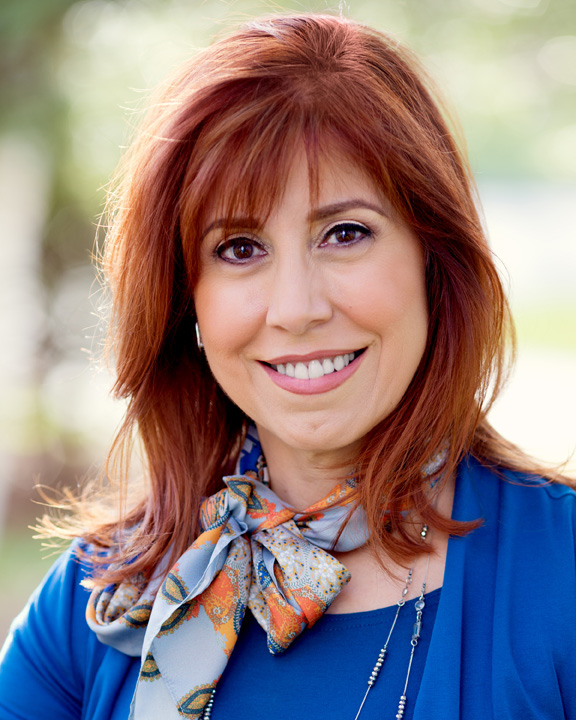
To the restoration of your best self,
